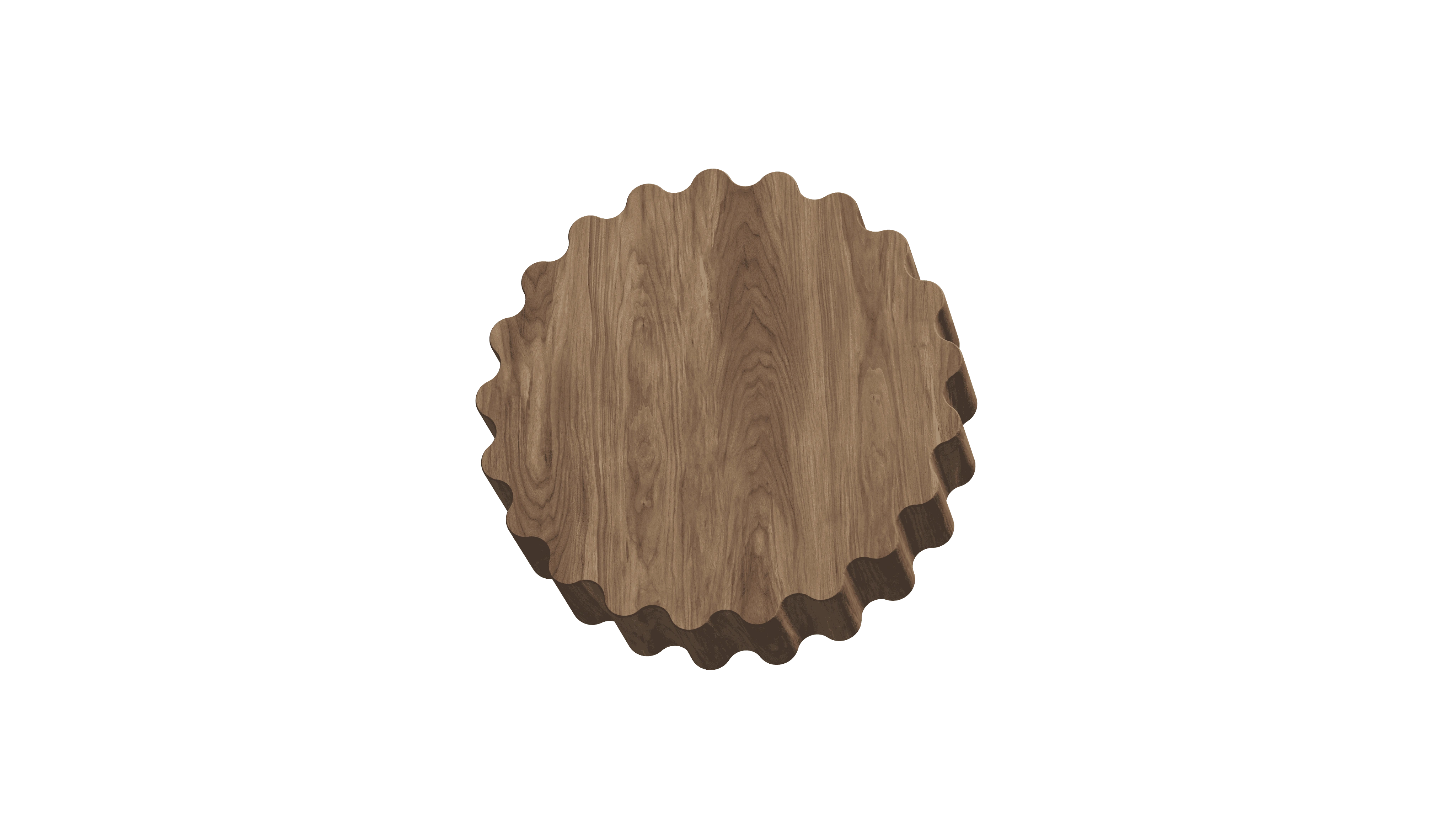Hidden Gems and Secret Spots in UzbekistanSilk Road marvels, tiled madrasahsbustling bazaars, desert treks

Advantages of traveling
to Uzbekistan
Silk Road Heritage
Wander Samarkand’s Registan Square among three ornate madrasahs, marvel at mosaics in Bukhara’s Po-i-Kalyan, and trace caravan routes through Khiva’s walled Itchan Kala.
Vibrant Bazaar Life
Explore Tashkent’s Chorsu Market under its blue dome, sample fresh plov and samsa, haggle for silk ikat and silverware, and sip green tea in shaded teahouses.
Desert & Mountain Adventures
Traverse the Kyzylkum Desert on camelback at sunrise, camp beneath the Milky Way, then trek the Nurata Mountains to hidden mountain springs and ancient petroglyphs.
Silk Road Heritage
Wander Samarkand’s Registan Square among three ornate madrasahs, marvel at mosaics in Bukhara’s Po-i-Kalyan, and trace caravan routes through Khiva’s walled Itchan Kala.
Vibrant Bazaar Life
Explore Tashkent’s Chorsu Market under its blue dome, sample fresh plov and samsa, haggle for silk ikat and silverware, and sip green tea in shaded teahouses.
Desert & Mountain Adventures
Traverse the Kyzylkum Desert on camelback at sunrise, camp beneath the Milky Way, then trek the Nurata Mountains to hidden mountain springs and ancient petroglyphs.

Useful articles
and recommendations from experts
Tourism in Uzbekistan: A Complete Guide
Uzbekistan, the heart of Central Asia, beckons with its UNESCO-listed Silk Road cities, majestic Islamic architecture, and living traditions that span millennia. Tourism in Uzbekistan showcases vibrant bazaars, richly tiled madrasahs, and hospitable oases amid desert plains. Whether you’re tracing the footsteps of Timur’s empire in Samarkand, sampling street-food delights in Tashkent, or camping under starlit skies in the Kyzylkum Desert, travel experiences in Uzbekistan offer unforgettable contrasts of culture and landscape. Efficient rail and road networks connect Tashkent, Samarkand, Bukhara, and Khiva, making how to visit Uzbekistan both seamless and rewarding. This guide presents the best tours in Uzbekistan, practical logistics, insider tips on local regulations, seasonal demand and visitor flows, reasons to choose Uzbekistan for your next trip, and detailed travel planning recommendations to help you craft a 1,200-word deep dive into this enchanting country.
Why Uzbekistan is attractive for travelers
Uzbekistan’s appeal lies in its unparalleled Silk Road heritage, architectural splendour, and enduring hospitality. At Samarkand’s Registan Square—once the heart of Timur’s empire—three 17th-century madrasahs stand brilliantly tiled against the sky, their portals echoing with the past. Bukhara’s Ark Fortress and Po-i-Kalyan minaret testify to the city’s millennial significance as a learning center, while Khiva’s walled Itchan Kala preserves wood-carved facades and ornate mosques within its mud-brick ramparts. Beyond monuments, the country’s living culture thrives in bustling markets such as Tashkent’s Chorsu, where vendors sell spiced nuts, dried fruits, and handwoven ikat textiles. Hospitality is woven into daily life: families invite guests for plov feasts, and teahouses on every corner offer freshly brewed green tea alongside samsa pastries. With visa-free entry or e-visas for most nationalities and a stable travel environment, tourism in Uzbekistan appeals to history buffs, architecture aficionados, and cultural explorers seeking authentic connections along the ancient trade routes.
Main types of tourism in Uzbekistan
Uzbekistan supports a diverse range of tourism styles, each leveraging the country’s rich heritage and varied landscapes:
- Cultural & Heritage Tourism: Best tours in Uzbekistan cover Samarkand’s Registan complex, Bukhara’s Ark and Lyabi-Haus ensemble, Khiva’s Itchan Kala, and the mausoleums of Shakhrisabz—guided by scholars versed in Persian-Timurid and Silk Road history.
- Market & Culinary Tourism: Travel experiences in Uzbekistan include immersive walks through Tashkent’s Chorsu Market and plov-cooking masterclasses in Bukhara, where chefs share the secrets of this national dish preparing it in traditional kazan cauldrons over open fire.
- Adventure & Eco-Tourism: Camel treks and 4×4 desert safaris in the Kyzylkum, hiking the Nurata Mountains to Song-Kul Lake, and birdwatching in the wetlands of Aydarkul for migratory waterfowl.
- Archaeological & Silk Road Expeditions: Excursions to the Afrosiab ruins in Samarkand, the subterranean Sufi mausoleums of Shahr-i-Sabz, and caravanserai stays in restored roadside inns between major cities.
- Festivals & Folk Tourism: The Sharq Taronalari music festival in Samarkand (every two years), Bukhara Silk and Spices Festival, and Navruz (spring equinox) celebrations featuring horseback games, wrestling, and public feasts.
- Wellness & Retreat Tourism: Traditional hammams in Bukhara’s old town, yoga retreats on the shores of Charvak Reservoir, and meditation sessions amid the quiet cloisters of remote madrasahs.
Local logistics and visitor regulations
Uzbekistan has streamlined access for international visitors: citizens of 90+ countries enjoy visa-free stays up to 30 days, while e-visas are obtainable online for many others, valid for 90 days with multiple entries. Major international gateways include Tashkent International Airport, with connections across Europe and Asia. A high-speed Afrosiyob train links Tashkent, Samarkand, and Bukhara in luxury carriages reaching 250 km/h—ideal for covering long distances swiftly. Road travel relies on well-maintained highways and share-ride vans (marshrutkas) for intercity connections. Within cities, taxis and city buses are affordable; ride-hailing apps offer English interfaces. Most restaurants and hotels accept credit cards, but carry some Uzbek som for market purchases and rural trips. Internet connectivity is widely available in urban areas, though speeds slow outside major cities. Local laws require modest dress when entering religious sites; public displays of affection are discouraged. Register with your hotel within three days of arrival if staying longer than that period.
Seasonal demand and visitor flows
Climate patterns shape the optimal windows for travel experiences in Uzbekistan:
- Spring (March–May): Navruz marks the arrival of spring with colourful public celebrations. Temperatures range 15–25 °C—ideal for monument tours and desert landscapes blooming with wildflowers; moderate crowds and moderate rates.
- Summer (June–August): Inland heat soars above 40 °C, making high-altitude escapes near the Nurata and Tien Shan foothills attractive. Coastal reservoir retreats at Charvak offer water sports. Expect peak tourists in Samarkand during Sharq Taronalari (every odd year).
- Autumn (September–November): Harvest season and milder temperatures (15–30 °C) encourage vineyard visits in the Fergana Valley and city walking tours under clear skies—rates fall slightly after September.
- Winter (December–February): Cold nights and occasional snow in Tashkent and Bukhara; low-season discounts on tours and hotels, especially in January–February. Ski resorts in the Tien Shan near Chimgan provide seasonal adventure.
Why choose Uzbekistan for your next trip
Choosing Uzbekistan for your next trip means stepping into a living museum where every street corner and desert dune tells a story of ancient traders, conquerors, and artisans. Few destinations fuse the spectacle of meticulously restored Islamic architecture—domes in cobalt and gold, soaring minarets, patterned archways—with the warmth of family-run guesthouses (in old khans and caravansarais) serving home-cooked meals. The country’s pioneering visa reforms and investment in high-speed rail make travel both straightforward and comfortable. Uzbekistan’s unique blend of raw nature—sand dunes that glow rose at sunset, mountain lakes ringed by junipers—and cultural riches—from centuries-old suzani embroidery vibrant with symbolism to the haunting strains of maqam music echoing in traditional concert halls—sets it apart as a destination that educates, delights, and transforms. For travellers seeking off-the-beaten-path authenticity without sacrificing convenience, tourism in Uzbekistan offers an unrivalled window onto the Silk Road’s soul.
Travel planning recommendations
To craft a seamless Uzbekistan itinerary, consider these curated recommendations for a 7-day journey:
- Day 1–2 (Tashkent): Arrive in Tashkent; visit Hast Imam Complex, Kukeldash Madrasah, and Chorsu Bazaar; ride the metro for its Soviet-era station art; dine on plov and lagman in a traditional teahouse.
- Day 3–4 (Samarkand): High-speed train to Samarkand; explore Registan Square at dawn; tour Gur-e-Amir Mausoleum and Bibi-Khanum Mosque; visit Shah-i-Zinda necropolis; sample bread baked in tandyr ovens.
- Day 5 (Shakhrisabz): Day-trip to birthplace of Timur—visit Ak-Saray Palace ruins and Dor-ut-Tilavat complex; witness local crafts in production.
- Day 6–7 (Bukhara & Khiva): Train to Bukhara; wander the Ark, Po-i-Kalyan, and Lyabi-Haus; overnight train or drive to Khiva; stroll Itchan Kala’s brick lanes and dine under lantern light by Juma Mosque’s 200 pillars.
For a longer trip, extend into the Fergana Valley for pottery in Rishtan and silk weaving in Margilan, or head to the Nurata Mountains for eco-camps and Sufi-guided treks. Book high-speed train tickets 60 days ahead, secure guesthouse stays 3–4 months before peak spring and autumn windows, and arrange desert and mountain excursions through licensed adventure operators. Download offline maps (Maps.me) and translation apps; carry a universal adapter for Type C sockets. Pack layered clothing for temperature swings of desert days and cool nights, sunscreen, a sun hat, comfortable walking shoes, and modest attire for religious sites. Secure comprehensive travel insurance covering trekking, high-speed rail, and cultural-heritage access. By following these strategies on how to visit Uzbekistan, you’ll unlock the Silk Road’s most engaging travel experiences in Uzbekistan, ensuring a seamless, enriching, and deeply memorable Central Asian odyssey.

